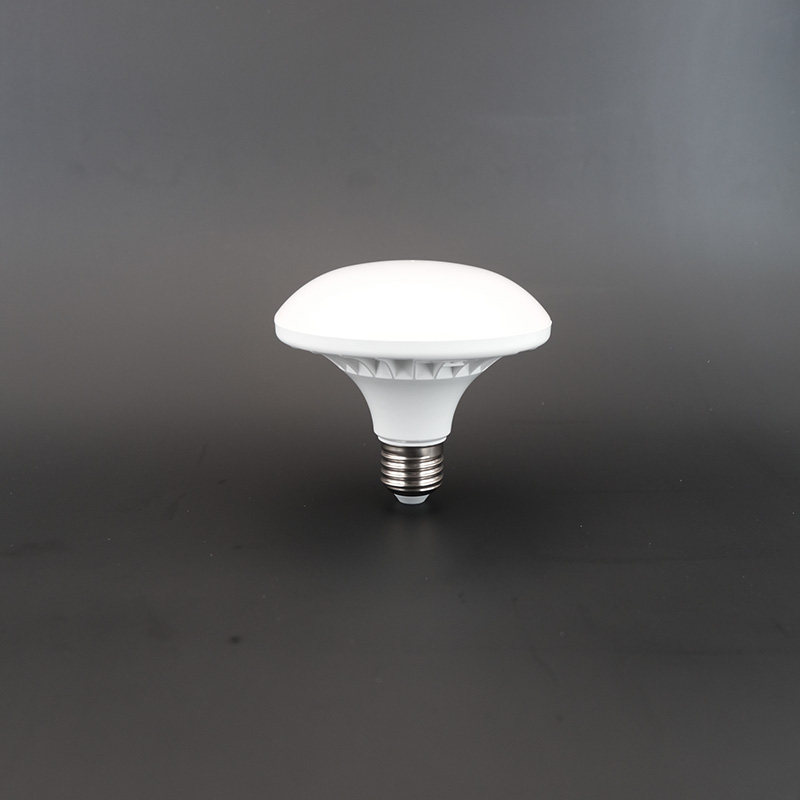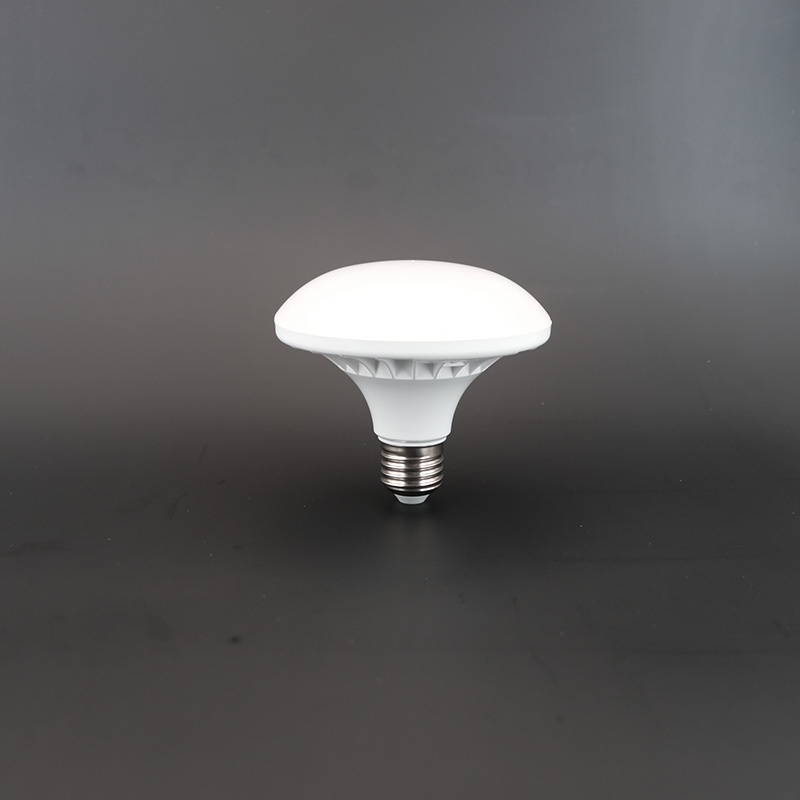LED Light Bulb UFO
An LED (Light Emitting Diode) light bulb is an energy-efficient lighting option that utilizes light-emitting diodes to produce light. LED light bulbs have become increasingly popular due to their numerous advantages over traditional incandescent and fluorescent bulbs. Here are some key features and ......
Send Inquiry
Product Description
An LED (Light Emitting Diode) light bulb is an energy-efficient lighting option that utilizes light-emitting diodes to produce light. LED light bulbs have become increasingly popular due to their numerous advantages over traditional incandescent and fluorescent bulbs. Here are some key features and benefits of LED light bulbs:
1. Energy Efficiency: LED light bulbs are highly energy-efficient, consuming significantly less electricity than traditional bulbs. They convert a higher percentage of electrical energy into light rather than heat, resulting in less wasted energy and lower electricity bills.
2. Long Lifespan: LED light bulbs have a much longer lifespan compared to incandescent or fluorescent bulbs. On average, LED bulbs can last for tens of thousands of hours, which translates to years of use under normal conditions. This reduces the frequency of bulb replacements, saving both money and time.
3. Instant On: LED light bulbs reach full brightness immediately upon turning them on. There is no warm-up time required, unlike some other types of bulbs that take a few moments to reach their full light output.
4. Durability: LED light bulbs are durable and resistant to shocks, vibrations, and temperature fluctuations. They are solid-state devices that do not have fragile filaments or glass components, making them more resistant to damage during handling or transportation.
5. Environmental Friendliness: LED bulbs are considered environmentally friendly due to their energy efficiency and long lifespan. They produce less greenhouse gas emissions compared to other types of bulbs, contributing to reduced carbon footprints. Additionally, LED bulbs do not contain hazardous substances like mercury, which can be found in certain fluorescent bulbs.
6. Design Options: LED light bulbs come in various shapes, sizes, and color temperatures, allowing for versatile lighting options. From warm white to cool white, and even color-changing bulbs, there are options available to suit different preferences and lighting needs.
7. Dimmability: Many LED light bulbs are dimmable, providing the flexibility to adjust the light intensity according to personal preferences or specific lighting requirements. However, it's important to ensure compatibility with the dimming system or switch being used.
8. Directional Lighting: LED bulbs emit light in a specific direction, which makes them well-suited for applications that require focused or directional lighting. This allows for more efficient lighting design, reducing light wastage and improving illumination in desired areas.
When selecting an LED light bulb, consider factors such as the desired brightness (measured in lumens), color temperature (typically indicated in Kelvin), base type (e.g., E26, GU10), and any specific dimming or specialty features required for your application. It's also advisable to check the manufacturer's specifications, warranty, and energy efficiency ratings to ensure you choose a high-quality and reliable LED light bulb.










